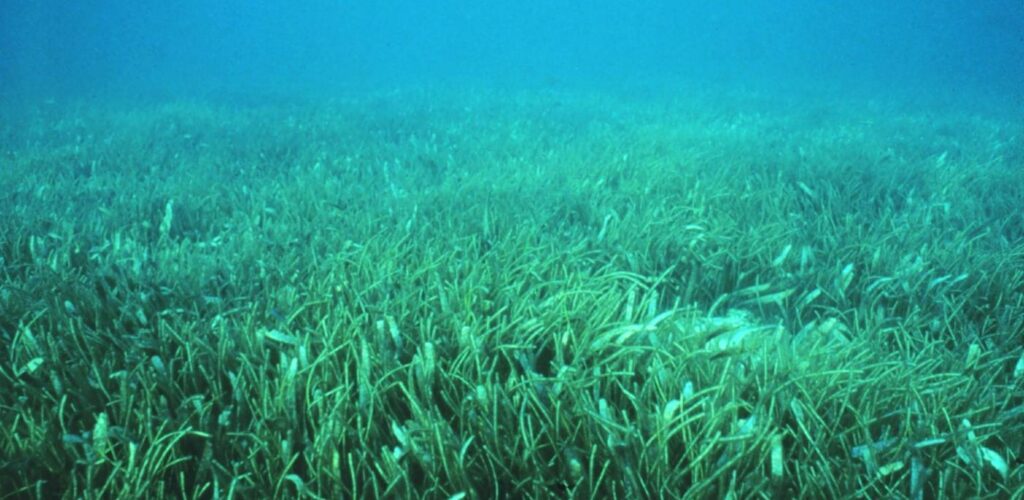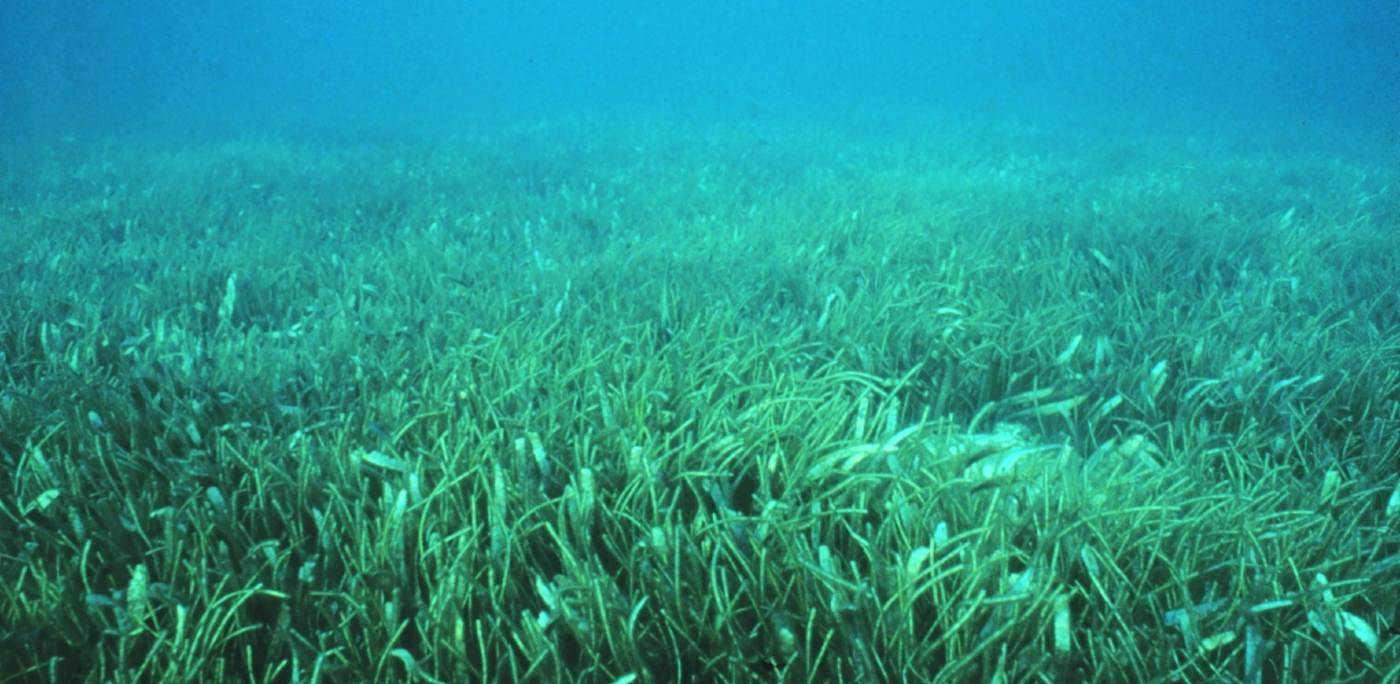In what started as an experiment and became the largest success of its kind, a seagrass restoration project in Southeast Virginia is demonstrating the resilience of marine ecosystems when they are given a chance to recover.

A group of marine scientists and volunteers spread more than 70 million eelgrass seeds across a 200-hectare plot off the southern end of Virginia’s eastern shore. Led by the Virginia Institute of Marine Science and with help from The Nature Conservancy, the project has grown to over 3,600 hectares (8,896 acres), making it the largest seagrass restoration in the world.
For perspective, this landmark seagrass meadow project off the coast of Wales used 750,000 seeds to create a five-acre meadow.
Over the 20 years it took to create the mega 3,600-hectare ecosystem in Virginia, scientists have gotten to see the process from infancy to adulthood. They’ve been documenting every detail, every step of the way, so as to lay the foundations of knowledge for widespread seagrass restoration across the world. This is important because seagrass isn’t just a good home for fish; it can also help the planet.
While the Amazon rainforest is sometimes affectionately referred to as the ‘lungs of the world’, the combination of masses of rotting plant matter and poor soil conditions mean that its carbon storage potential is actually lower than other forest ecosystems—like the Taiga in Russia, for example.
In fact, greater than any terrestrial forests in their potential of absorbing CO2 and nitrogen from the atmosphere are coastal marine ecosystems like mangroves, kelp forest, salt marsh, and seagrass beds.
RELATED: These Floating Trashcans Are Being Deployed Around the World So They Can Suck Up Tons of Ocean Trash
According to WWF’s article 10 Reasons to Hope, seagrass can capture carbon 35 times faster than even tropical rainforests, but as it currently covers merely 0.2% of the seafloor, the potential to use more seagrass as a carbon offset is essentially unlimited.
Beauty and resiliency
At the inshore Virginia lagoons where the scientists have been working, there has been no seagrass since the 1930s when disease and a hurricane wiped them out.
Since the team has been sowing seagrass seeds, they’ve noticed surprising resiliency in the ecosystem. Though a marine heatwave destroyed several meadows in the course of their research, it took only three years for them to recover in plant life, showing their surprising resilience.
MORE: Undersea Robot Just Delivered 100,000 Heat-Resistant Baby Corals to the Great Barrier Reef
The resiliency is their (and our) great strength in a changing climate, as mature seagrass beds have been found to sequester 1.3 times more carbon and 2.2 times more nitrogen in their roots and the soil around them than young seagrass beds.
3,000 metric tons of carbon, the equivalent of the emissions of 653 cars driven for a year, and 600 metric tons of nitrogen were being sequestered every year by the project meadows at the 20-year mark.
There was form as well as function in the seagrass beds, as measured by water quality and animal life. “We witnessed a substantial decrease in mean turbidity levels during the summer months since the restoration was initiated within the meadow,” explained the study.
The loss of the eelgrass meadows was followed by an abandonment of the area by the brant goose, and commercial fishing ventures for bay scallops.
“In my first years here, there was no seagrass and there hadn’t been for decades,” said Karen McGlathery, a coastal ecologist at the University of Virginia in Charlottesville to Science News. “Today, as far as I can swim, I see lush meadows, rays, the occasional seahorse. It’s beautiful.”
Going forward, the steps that achieved this spectacular success could be replicated, the researchers say, in other areas of the country where lush seagrass ecosystems once flourished, such as Biscayne Bay in Florida.
“As the world settles into the era of the Anthropocene, and regulatory agencies worldwide seek to conserve and recover valuable ecosystem services, our study provides a positive example that successful marine restorations are possible on the scales that contribute directly to human well-being,” reads the study.
CHECK OUT: You Can Now ‘Reforest the Oceans’ One Online Search at a Time Thanks to This New Search Engine
“It addresses key deliverables for the United Nation’s Decade on Ecosystem Restoration (2021–2030) and the Decade of Ocean Science for Sustainable Development, including recovery of a threatened marine habitat, conservation of biodiversity, provisioning of habitat, and sequestration of carbon.”
Plant Some Positivity By Sharing The Good News With Your Friends On Social Media…




















